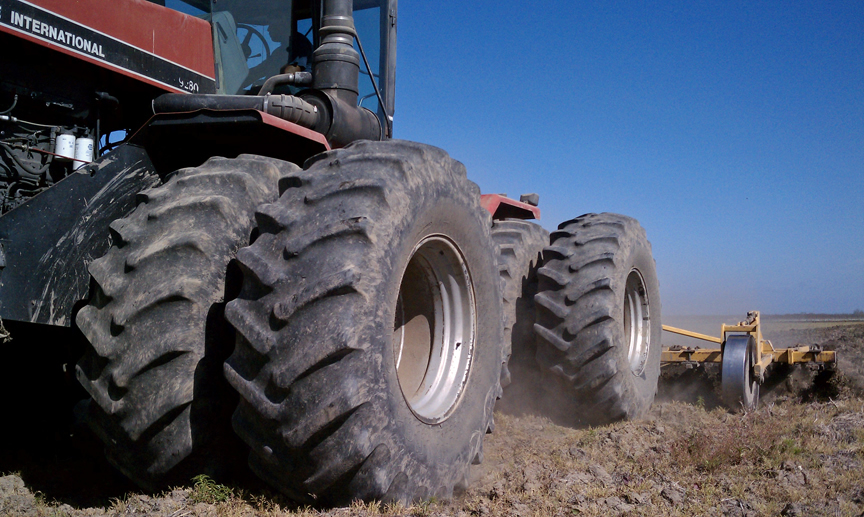
As I sit at my desk writing this, I’m distracted by the sounds of several hundred white-fronted and cackling geese returning to the Colusa National Wildlife Refuge from their morning of feeding in the rice fields and fallow fields adjacent the refuge. From their arrival in September until their departure in April, white-fronted geese fly between the refuge and the many rice fields that surround the refuge. For me these daily flights to and fro are a recurring reminder of the importance of rice fields, and the refuge’s wetlands, for the geese. In September the early arriving birds did not find the abundance of harvested rice fields that they have become accustomed to, and the refuge was teaming with pintail and white-fronted geese feeding in wetlands at times when they would typically be out in the harvested rice fields. In late winter and early spring the white-fronted geese were joined by cackling geese that prefer the short green grasses which is most abundant in the fields that where disked smooth last fall.
I had another reminder of the tie between refuge wildlife and rice farms this morning when I was watching a male wood duck patiently waiting for his hen that was in the nesting box visible from my office window. With the heavy rainfall in late March, pairs of wood ducks have been feeding in the standing water in the fields adjacent the refuge providing the hens with the nutrients they will need to produce a large clutch of eggs. Later, some of these same hens may lead their broods of ducklings to that same field after it is planted and the rice grows tall enough to provide the cover they will need to shelter them from predators.
I feel blessed to have the opportunity to work with wildlife and to live in an area where the combination of public and private wetlands and rice farming attracts a large variety and great abundance of waterfowl and other wildlife.

The birds that provide the sights and sounds that make my work more enjoyable also motivate me in my hobbies of wood carving and wildlife photography. I spend much of my “free” time trying to capture photographs of the birds that use the fields and wetlands of the valley. I also enjoy trying to capture the beauty of the birds in the decoys and other woodcarvings that I create.
For more information about wildlife refuges in the Sacramento Valley, please visit: fws.gov/sacramentovalleyrefuges.
For more information about wildlife refuges in the Sacramento Valley, please visit: fws.gov/sacramentovalleyrefuges.
Mike Peters is Refuge Manager for the U.S. Fish and Wildlife Service Colusa and Sutter Refuges.

















